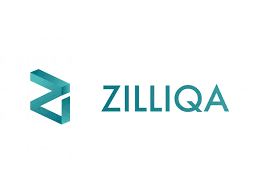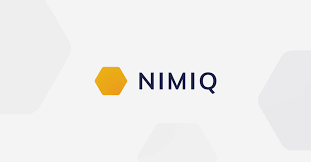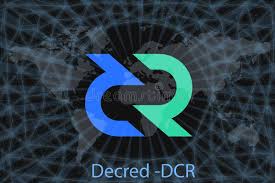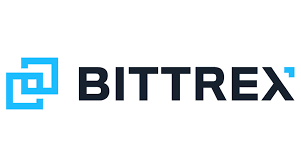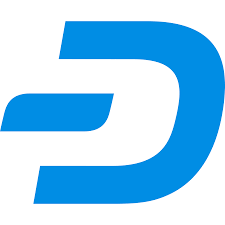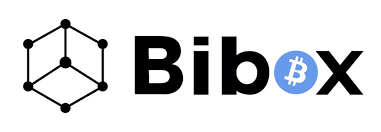Filecoin, a decentralized storing system, has sparked a lot of attention and acclaim in the world of digital currency. It employs the blockchain process to give an innovative form of information preservation and access. In the following piece, we will go into the interesting history of Filecoin, exploring its origins, major achievements, and impact on the world of decentralized storage.

Emergence and development of Filecoin
Filecoin, a decentralized storage network, has emerged as a groundbreaking solution in the realm of file storage. This system, created by Protocol Labs, promises to overcome data depository difficulties by employing blockchain technology. It has received tremendous recognition and backing from both people and organizations due to its novel approach.
One of the most significant accomplishments in Filecoin’s ascent has been its successful Initial Coin Offering (ICO). Its initial coin offering (ICO) in 2017 garnered a stunning $257 million, making it one of the largest ICOs in history. This amazing outcome not only demonstrates the project’s great interest but also demonstrates its potential to revolutionize the data retention industry.
Furthermore, its growth and execution have advanced significantly. The platform has effectively established its mainnet, letting users securely and decentralized store and retrieve data. This achievement is the culmination of years of research and development, and it solidifies Filecoin’s position as a pioneer in the decentralized depository space. These wins are detailed further below.
The Initial Coin Offering (ICO)
In August 2017, Filecoin held one of the most spectacular Initial Coin Offerings (ICOs) in the ages, earning almost $257 million in under an hour. This unprecedented achievement showcased immense interest and belief in the project’s vision. The ICO not only provided the necessary funding for development but also established this system as a prominent player in the cryptocurrency ecosystem.
Investors may support an endeavor that has a chance to take over the existing online file storage sector by investing in the ICO. The Filecoin team has an excellent reputation in the protocol of blockchain, and their creative approach to decentralized storage has gotten a lot of recognition and praise.
Mainnet launch
Following the accomplishment of the ICO, the coin development team set out on an ambitious mission to see the project through to completion. Years of research, testing, and community contributions culminated in the introduction of the mainnet on October 15, 2020. This was a watershed moment for this coin, as it went from an idea to a fully operating decentralized depository network.
Filecoin’s mainnet debut brings with it a slew of new features and perks. One of the network’s primary advantages is its decentralized architecture, which guarantees that data is disseminated over a worldwide network of storage providers rather than being held in a single location. This improves not just security and dependability, but also scalability and flexibility.
Adoption and partnerships
Since its launch, Filecoin has formed numerous partnerships that have significantly contributed to its success.
Protocol labs
One notable partnership is with Protocol Labs, the company behind this network’s development. This collaboration ensures that this system remains at the forefront of innovation and continues to provide a secure and efficient decentralized depository solution.
Amazon Web Services
Another significant collaboration is with large cloud storage providers like Amazon Web Services (AWS) and Google Cloud. These businesses may provide a more robust and dependable depository solution to their clients by incorporating Filecoin’s decentralized storage capabilities into their existing infrastructure. This collaboration not only helps cloud storage providers, but it also improves the Filecoin network’s general accessibility and availability.
Blockchains
Furthermore, Filecoin has also partnered with various blockchain projects and organizations to expand its ecosystem. For instance, collaborations with projects like IPFS and Ethereum have allowed for seamless integration and interoperability between different blockchain networks. These partnerships enable it to leverage the strengths of other blockchain platforms and further enhance its depository capabilities.
Challenges and hardships
Since its inception, the currency has experienced a number of hurdles that have put its durability and flexibility to the test. One of the most significant challenges the platform faced was scalability. With the growing need for decentralized storage solutions, Filecoin needed to figure out how to handle a tremendous volume of data while being efficient and reliable. To solve this issue, the development team deployed several network optimizations and updates, resulting in increased speed and scalability.
Another significant challenge the coin has faced was the competition from other blockchain-based depository platforms. As the decentralized depository market grew, several competitors emerged, offering similar services and solutions. However, it managed to differentiate itself by leveraging its unique features, such as its robust incentive mechanism and decentralized governance model. These factors have helped the currency maintain its position as a leading player in the decentralized depository space.
Future outlook
Filecoin’s future is bright as it continues to improve and increase its capabilities. Ongoing R&D activities are aimed at boosting scalability, improving user experience, and investigating new use cases for decentralized storage. It is well-positioned to play a critical part in the future decentralized web infrastructure, given the exponential rise in data creation and the need for secure depository solutions.
You can also find these articles helpful
Is it profitable to trade Filecoin
Best altcoins in 2023
Advantages and Disadvantages of FileCoin
